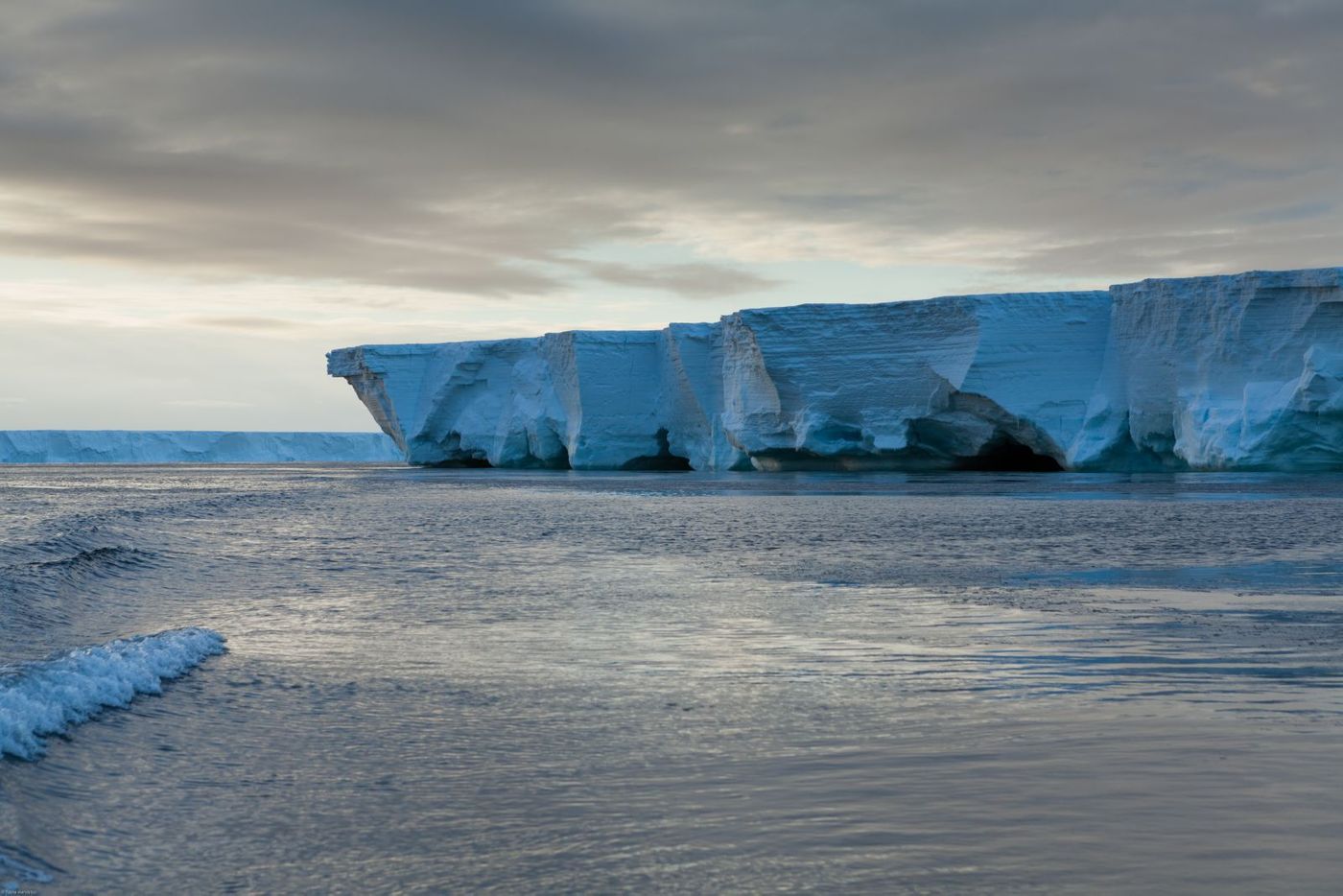What singing ice may tell us
A new study published in Geophysical Research Letters, a journal of the American Geophysical Union, explains how singing ice could be used to monitor changes in Antarctica’s Ross Ice Shelf.
The Ross Ice Shelf is the largest on the continent, covering an area roughly the size of Texas. Of late, concerns regarding Ross’s melt have come into the light because of the impact that a collapsed ice shelf has on the ocean that it floats atop and the surrounding ice sheets. “When ice shelves collapse, ice can flow faster from land into the sea, which can raise sea levels,” reports Science Daily. The fact that Ross isn’t alone in its thinning makes the situation even more precarious.
But predicting when an ice shelf will collapse is difficult. As seen with the Larsen B ice shelf on the Antarctic Peninsula in 2002, Antarctic ice shelves often collapse suddenly. Previous monitoring techniques have not provided steady signals that warn of collapse. But now researchers have come up with a new technique to monitor ice shelves – using seismic sounds.
In a harmonious discovery, lead author of the study Julien Chaput and his team determined that wind blowing across snow dunes on the ice shelf make the ice surface vibrate. These vibrations create seismic "tones", which change depending on weather conditions.
"It's kind of like you're blowing a flute, constantly, on the ice shelf," said Julien Chaput, lead author of the study. "Either you change the velocity of the snow by heating or cooling it, or you change where you blow on the flute, by adding or destroying dunes," he said. "And that's essentially the two forcing effects we can observe."
These effects may just be enough to monitor the ice shelf’s movement with more precision – and from afar (remember, getting to Antarctica isn’t that easy).
And although humans can’t hear the low frequency of the seismic tones, seismic monitors can. Using seismic stations, the scientists believe that we could identify changes in the ice, such as melt ponds or cracks. That’s because the ice vibrates at different frequencies when the snow dunes on the ice shelf shift; they also vibrate differently when air temperature rises or falls.
"The response of the ice shelf tells us that we can track extremely sensitive details about it," Chaput said. "Basically, what we have on our hands is a tool to monitor the environment, really. And its impact on the ice shelf."
Sources: Science Daily, Geophysical Research Letters









